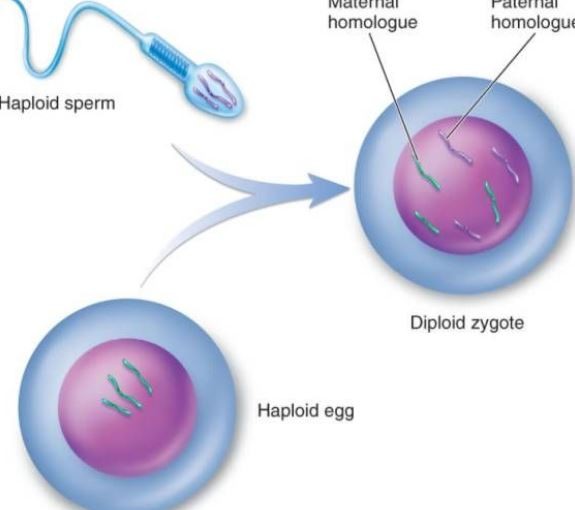
Class X Biology - How do organisms reproduce - Why sexual mode of reproduction (18/08/20)
Practice answering following questions from the sub unit "Why sexual Reproduction" to get yourselves thorough with the concepts learnt today. You can also copy down these questions into your class note with today's date.
-
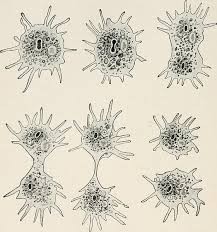 Asexual Reproduction
Asexual Reproduction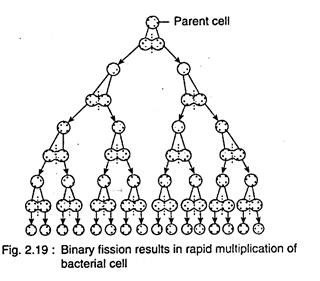 A mode of reproduction which involves the inheritance of DNA from a single parent and hence the next generation formed is genetically identical to parent with little genetic variation.
A mode of reproduction which involves the inheritance of DNA from a single parent and hence the next generation formed is genetically identical to parent with little genetic variation. -
 Sexual reproduction
Sexual reproduction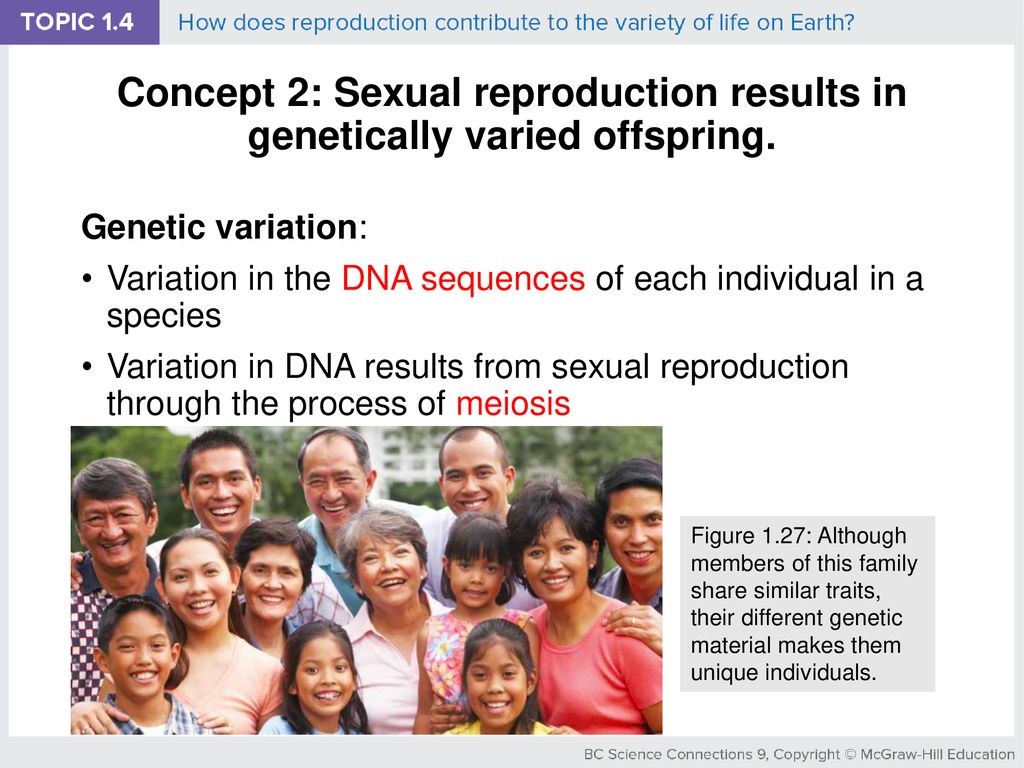 A mode of reproduction which involves the inheritance of DNA from two parents and the variations caused during the DNA copying of both the parents combine when it reaches the next generation, hence the next generation formed is a genetic variant when compared to both the parents.
A mode of reproduction which involves the inheritance of DNA from two parents and the variations caused during the DNA copying of both the parents combine when it reaches the next generation, hence the next generation formed is a genetic variant when compared to both the parents. -
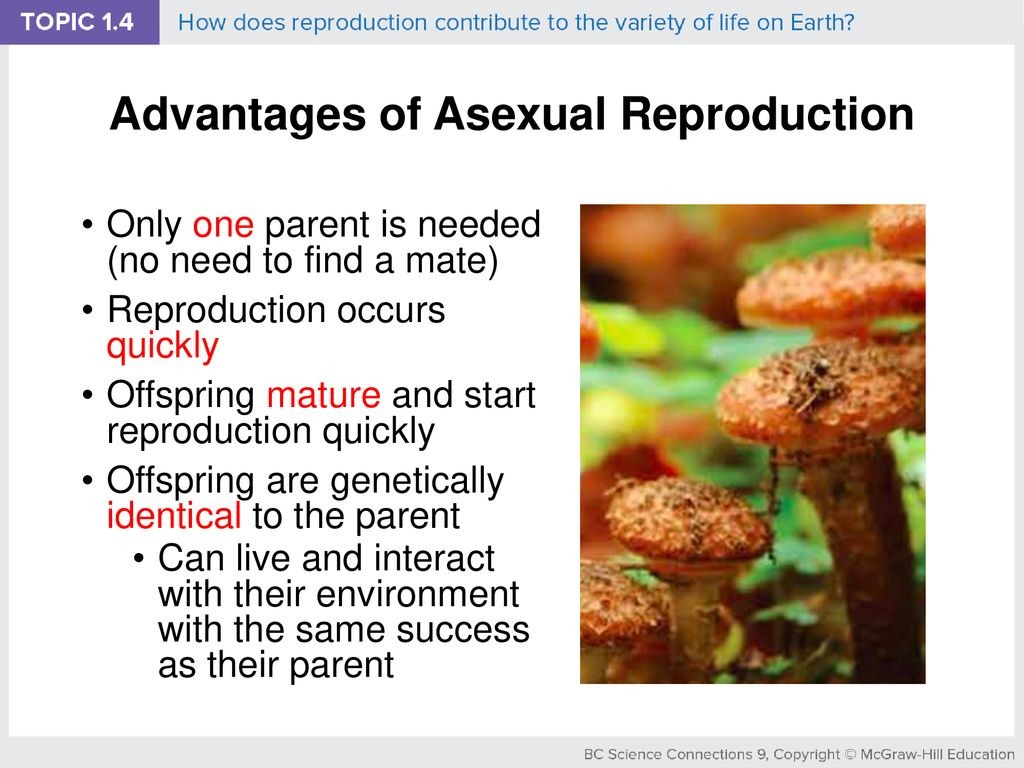 Advantages of asexual reproduction
Advantages of asexual reproduction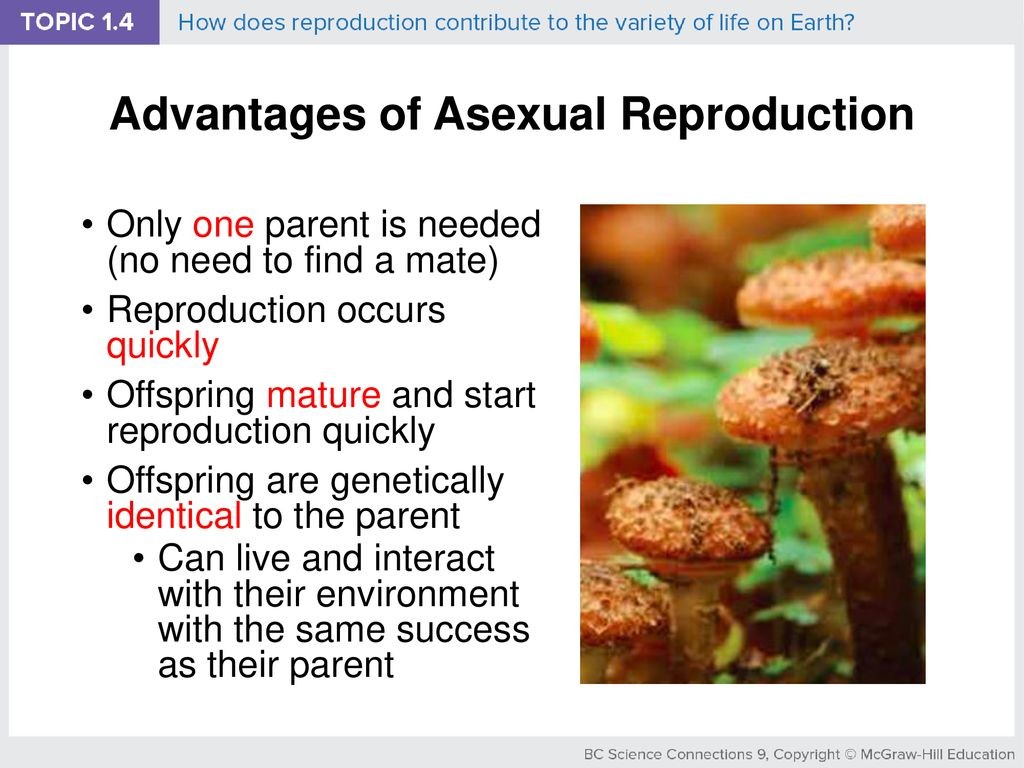 (1) Brings about rapid increase in the number of individuals in a population. (2) only one parent is involved in bringing forth the next generation, so needs only less energy input. (3) Young ones are genetically identical to the parents, so the inherit all the beneficial characters of the parents.
(1) Brings about rapid increase in the number of individuals in a population. (2) only one parent is involved in bringing forth the next generation, so needs only less energy input. (3) Young ones are genetically identical to the parents, so the inherit all the beneficial characters of the parents. -
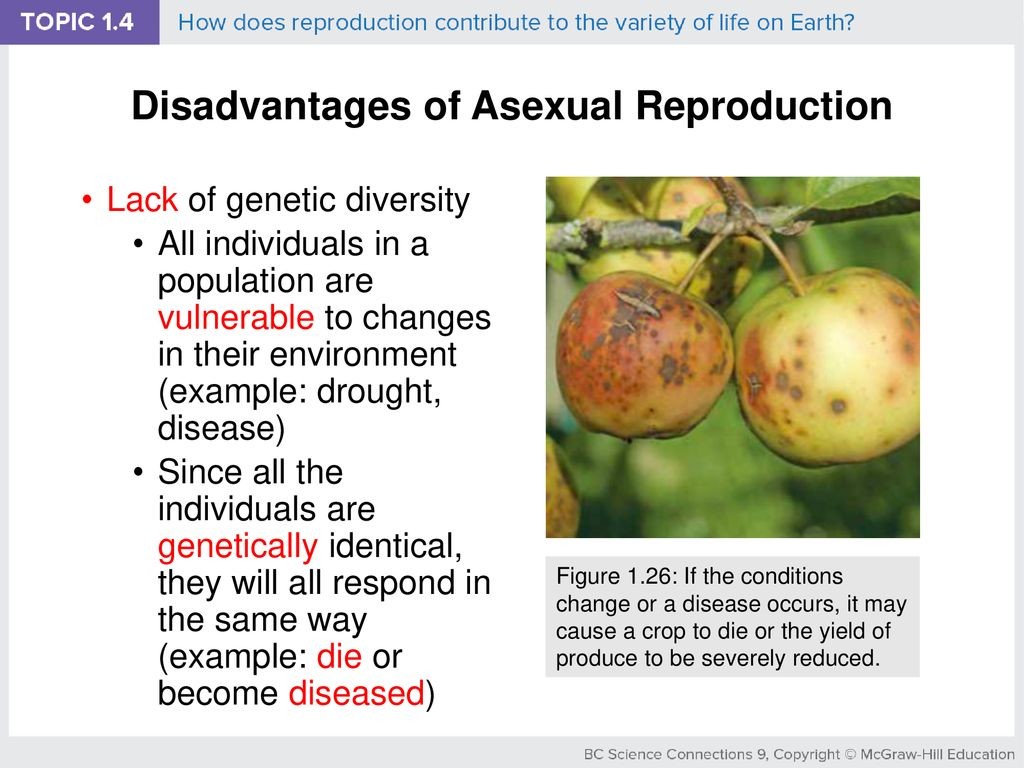 Disadvantages of asexual reproduction
Disadvantages of asexual reproduction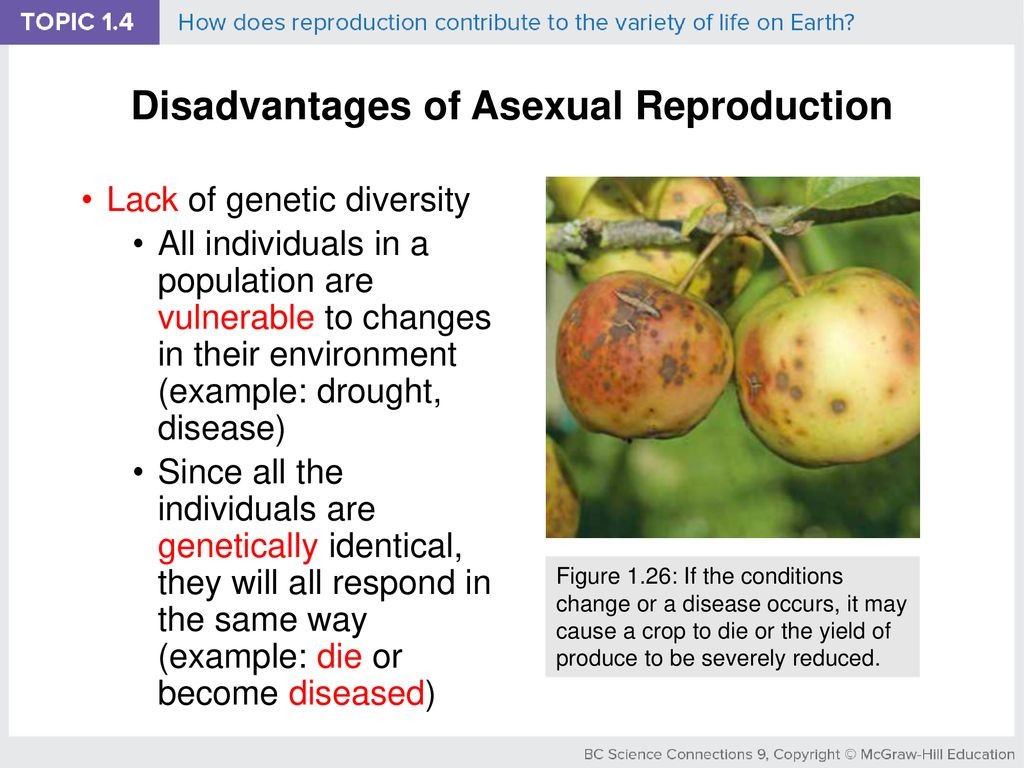 (1) As members of the population are genetically identical no members can withstand the environment changes that occur in their habitat. (2) If the population is challenged by a disease or predator all the members of the population would equally get affected as they are genetically identical to each other. (3)The genetic variation produced during DNA copying is negligible to bring about a characteristic changes in the features.
(1) As members of the population are genetically identical no members can withstand the environment changes that occur in their habitat. (2) If the population is challenged by a disease or predator all the members of the population would equally get affected as they are genetically identical to each other. (3)The genetic variation produced during DNA copying is negligible to bring about a characteristic changes in the features. -
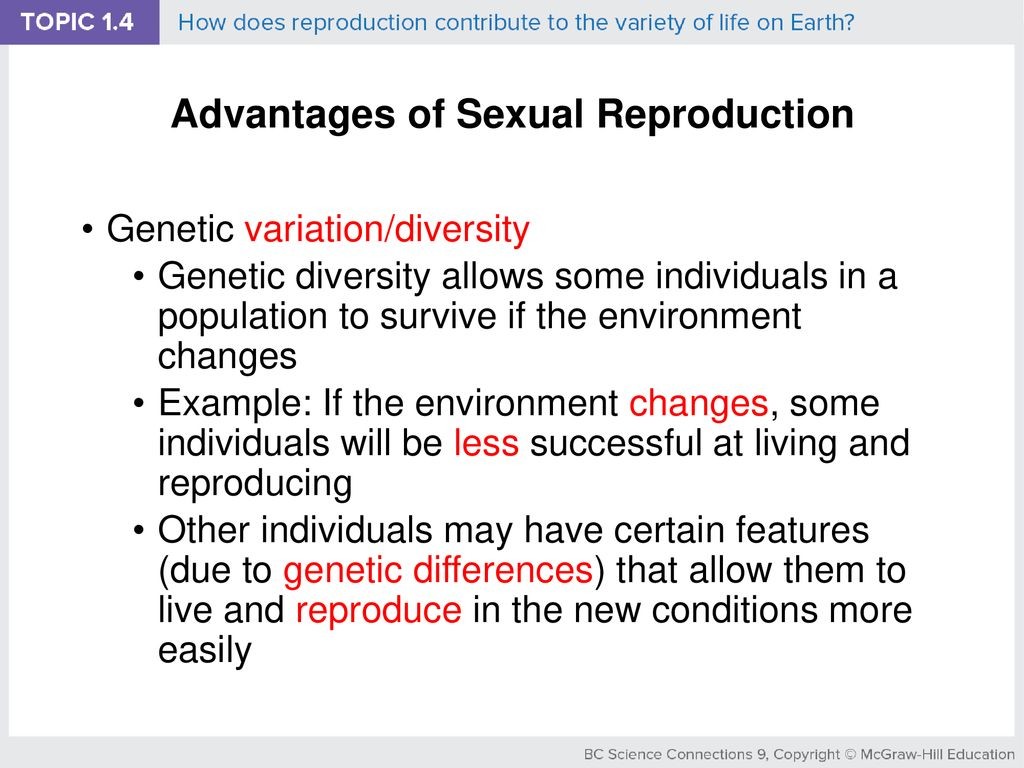 Advantages of sexual reproduction
Advantages of sexual reproduction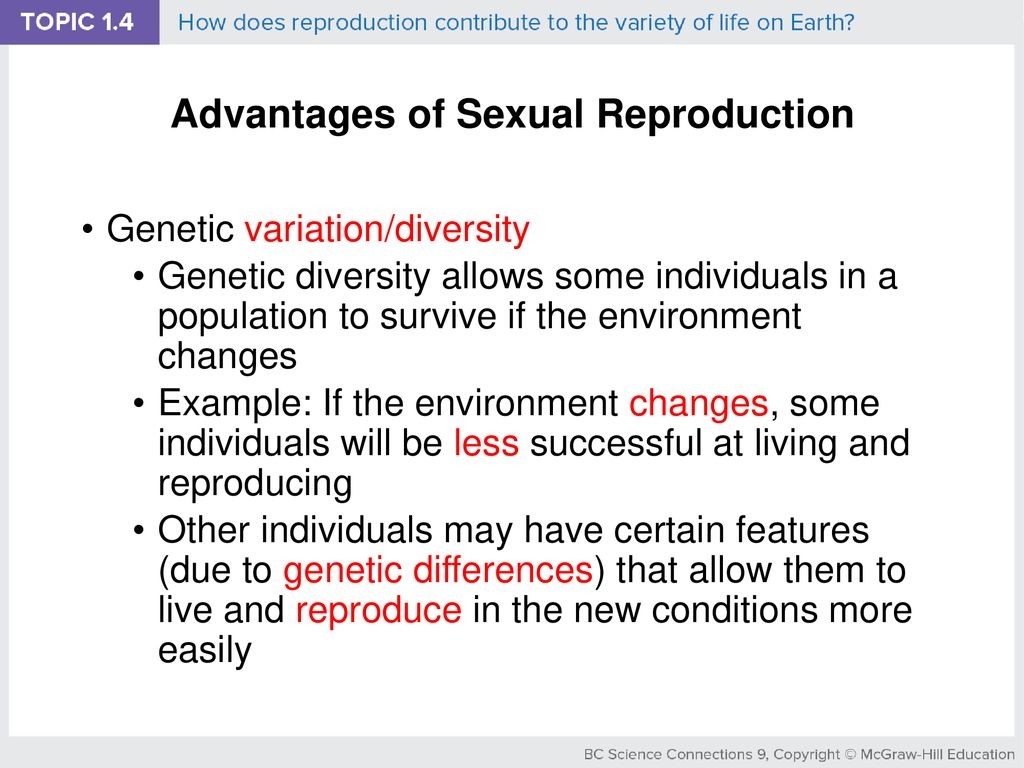 (1) The genetic variations introduced into the population is faster when compared to asexual reproduction as the accumulated DNA variation and the new DNA variation from two parents combine when it reaches the next generation. (2) As the next generation has new set of variation when compared to the parents, it has better chances of survival than the parental generation. (3) Besides errors in DNA copying mechanism there are other ways of introducing variations into the next generation in sexual reproduction.
(1) The genetic variations introduced into the population is faster when compared to asexual reproduction as the accumulated DNA variation and the new DNA variation from two parents combine when it reaches the next generation. (2) As the next generation has new set of variation when compared to the parents, it has better chances of survival than the parental generation. (3) Besides errors in DNA copying mechanism there are other ways of introducing variations into the next generation in sexual reproduction.

